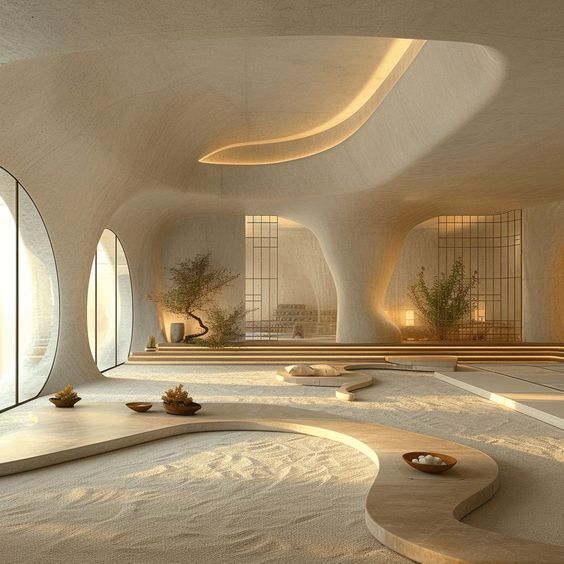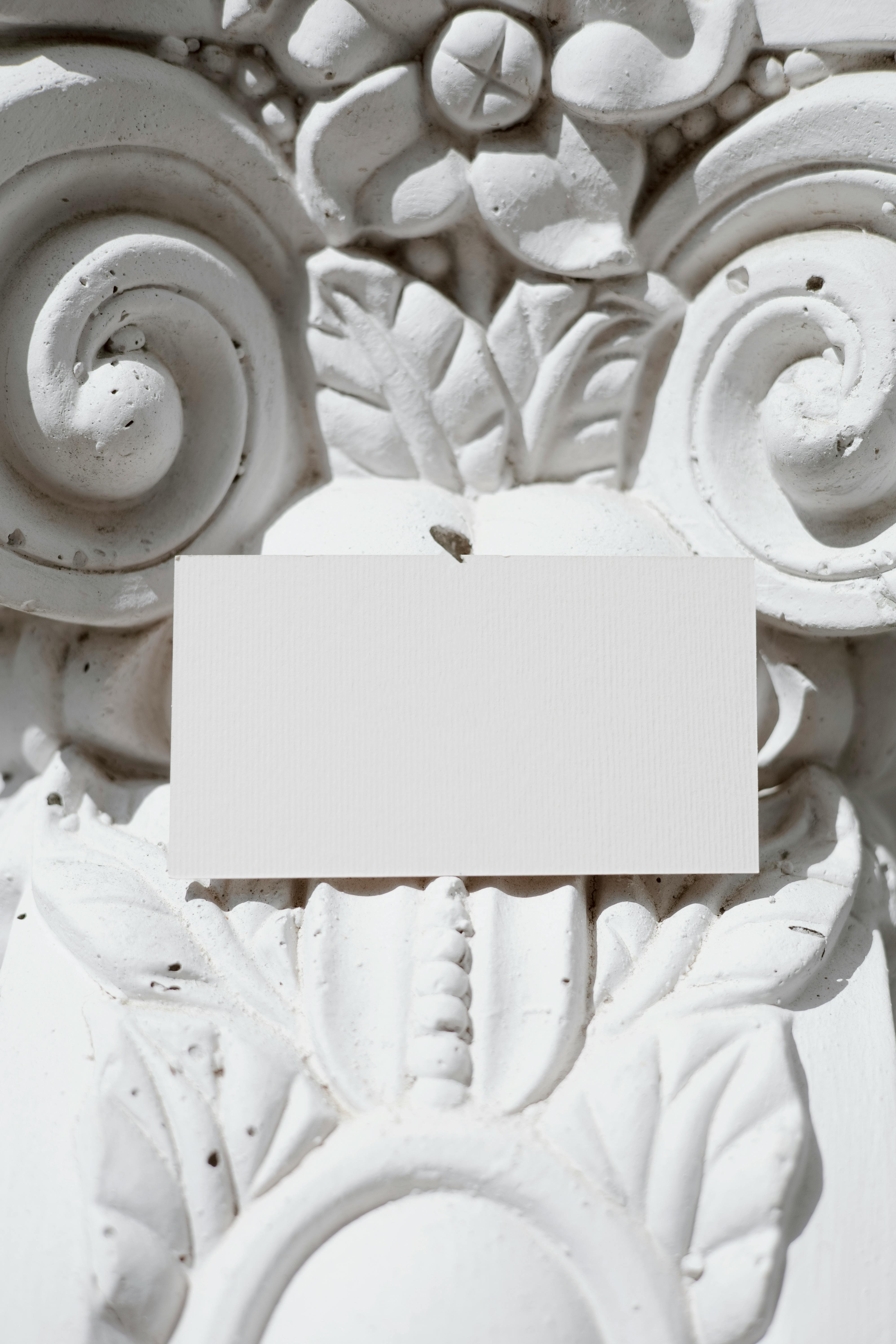
The Untapped Power of Feminine Architecture
Architecture is often described as the silent framework of civilization—an art and science that shapes how we live, think, and connect. Yet for centuries, this powerful medium has been dominated by masculine ideals of efficiency, grandeur, and rigidity. The sharp, angular lines of steel skyscrapers and sprawling, monotonous grids of urban centers are a testament to this perspective. These spaces, while impressive, often fail to consider a profound truth: architecture is more than functionality; it is an extension of our emotions, creativity, and humanity.
Amidst this backdrop of rigid masculine dominance, feminine architecture emerges as a reshaping of possibility. This approach does not reject strength or ambition but tempers it with empathy, fluidity, and inclusivity. Feminine architecture invites us to ask: What if our spaces could comfort us, inspire us, and sustain us? What if the environments we inhabit were not mere places to survive but sanctuaries that help us thrive?
The Psychology of Space: Why Design Matters
The spaces we inhabit have a direct and measurable impact on our psychological and physical well-being. Research reveals that environments with harsh lighting, stark materials, and chaotic layouts can elevate cortisol levels, the stress hormone, while spaces designed with natural elements, soft textures, and balanced symmetry can lower anxiety and improve focus.
Consider this: employees working in well-lit offices with ergonomic designs are up to 15% more productive than those in uninspiring, crowded environments. Similarly, urban neighborhoods with ample greenery report lower crime rates and higher community engagement. These statistics underscore a simple but profound truth—spaces shape us.
Yet, the dominant narrative of architectural design has long ignored these insights. It has prioritised boxes over comfort, uniformity over harmony, and functionality over humanity. This approach, while producing marvels of engineering, has also created environments that alienate, intimidate, and exhaust.
The Problems with Masculine-Dominated Design
The influence of masculine design extends far beyond aesthetics. From the towering skyscrapers of our cities to the cramped cubicles of our workplaces, spaces are often designed to reflect power, control, and efficiency. While these values are not inherently negative, their overemphasis leads to designs that neglect wellbeing and comfort.
For women, this oversight is particularly glaring. Urban planning often fails to address issues like poorly lit streets or the lack of safe public spaces. Workplaces, too, are frequently designed with male physiology and behavior patterns in mind, resulting in environments that can feel isolating or even hostile to women.
The harshness of these designs don’t just impact women; it affects everyone. linear layouts, cold materials, and sensory overload create spaces that provoke stress and hinder creativity. In a world grappling with rising mental health issues, the consequences of such design choices are severe.
Feminine Architecture: A New Vision for Design
Feminine architecture offers an antidote to these challenges, proposing a design philosophy rooted in moulding comfort and harmony. Unlike traditional approaches that prioritise dominance, feminine design embraces collaboration and connection, both among people and between humanity and nature.
This approach incorporates principles like colour psychology, where hues are carefully chosen to evoke specific emotions—calm blues for focus, soft greens for relaxation, and warm tones for connection. Shapes and textures also play a critical role; curves and organic materials evoke comfort and fluidity, countering the rigidity of angular designs. Biophilic design, a hallmark of feminine architecture, integrates elements of nature—sunlight, greenery, and water—into built environments. Studies show that such spaces improve cognitive function, boost mood, and even enhance physical health. This approach not only elevates aesthetics but also reconnects individuals with the natural world, fostering a sense of calmness and belonging.
Feminine Architecture and Sustainability
The principles of feminine design align seamlessly with sustainability, making it a powerful tool for addressing environmental challenges. Feminine architecture prioritizes the use of renewable materials, energy-efficient systems, and adaptive reuse of existing structures. This approach reflects a deep respect for balance—not just among individuals but between humanity and the planet.
In addition to material choices and ecological considerations, feminine architecture often embraces modular and flexible designs that can evolve over time to meet changing needs. This adaptability reduces the environmental impact of demolition and reconstruction, emphasising long-term sustainability. By creating spaces that grow with their users; whether through reconfigurable layouts or multifunctional features—feminine design minimizes waste and encourages more mindful interactions with the built environment. This forward-thinking approach ensures that sustainability is not just a feature but an integral aspect of design.
Beyond Buildings: The Ripple Effect of Feminine Design
The philosophy of feminine design transcends architecture, influencing fields as diverse as technology, urban planning, and product design. In technology, the success of brands like Apple demonstrates the value of integrating feminine principles. Apple’s sleek, minimalist designs; marked by intuitive functionality and aesthetic harmony, stand in stark contrast to the overly complex, utility-driven designs that dominate much of the tech industry.
Imagine applying similar principles to public spaces, transportation systems, or even industrial design. Feminine architecture could reshape cities into hubs of unified activity, create workplaces that foster creativity, and design products that resonate with the emotional and practical needs of a diverse population.
A World Reimagined Through Feminine Architecture
The promise of feminine architecture lies not in its opposition to masculine principles but in its ability to balance and integrate them. This approach invites us to envision a future where design serves as a bridge, connecting individuals to their environments, to one another, and to the larger world.
As organizations like Lumina lead the way, the potential for transformation becomes evident. By prioritising human-centered design, feminine architecture offers a blueprint for a world that is not only more beautiful but also more focused and resilient.
This isn’t just a design philosophy, it is a revolution in how we think about the spaces we create and the lives we lead within them. Through the lens of feminine architecture, we can reimagine the world—not as it is, but as it could be.








